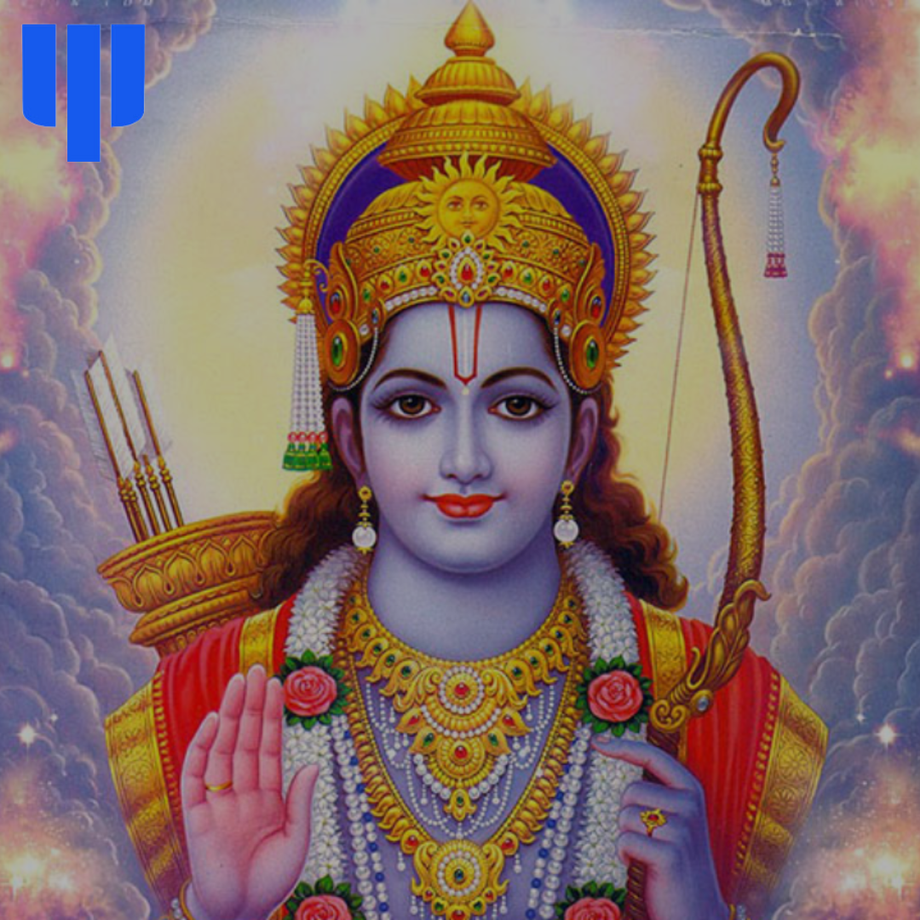Story of Rama: 7th Avatar of Lord Vishnu
The story of Lord Rama, the 7th Avatar of Lord Vishnu, is a fascinating tale from the ancient Indian epic, the Ramayana. This epic narrates the divine incarnation of Lord Rama and his heroic journey. Lord Rama’s avatar came about for three significant reasons, as explained by Lord Shiva.
The first reason was the curse of Narad Muni, a devoted sage, who cursed Lord Vishnu for making him proud by saying that no one could distract him from his spiritual path. Narad Muni’s curse led to the birth of Lord Rama on Earth.
The second reason was the story of Jaya and Vijaya, the doorkeepers of Lord Vishnu at Vaikuntha, who were cursed by the Sanat Kumaras to be born on Earth. They chose to take three births as enemies of Lord Vishnu, which led to the need for his avatars to defeat them.
The third reason was the story of Demon King Jalandhar, who had become a menace to the Trilokas. Lord Vishnu took the form of Jalandhar and ultimately defeated him, but not without consequences. Lord Rama’s birth occurred in the lineage of King Manu and Queen Satrupa, who had performed intense meditation and tapas to invoke Lord Vishnu’s presence on Earth. Lord Vishnu granted their wish by being born as Rama, the son of King Dasharatha and Queen Kaushalya in the kingdom of Kosala.
Rama, along with his brothers Lakshmana, Bharata, and Shatrughna, received their education under the guidance of Rishi Vashisht. After completing their education, they returned to their palace, but their destiny had greater plans in store for them. Sage Vishwamitra sought the help of Rama and Lakshmana to protect the rituals of the sage’s yagna from the demons. They encountered various challenges, including the demoness Tadka, whom Rama defeated, earning the sage’s blessings.
The story progresses with Rama and Lakshmana accompanying Vishwamitra to the kingdom of Mithila, where Sita’s swayamvara was taking place. Rama, by lifting the divine bow of Lord Shiva, won Sita’s hand in marriage, and the grand wedding took place with the blessings of King Janaka.
The tale takes a dramatic turn when Kaikeyi, one of King Dasharatha’s queens, manipulates him into exiling Rama to the forest for fourteen years, thus fulfilling two boons he had promised her earlier. Sita, Rama’s wife, willingly joins him in exile, as does Lakshmana. Their peaceful life in the forest is disrupted when Surpanakha, Ravana’s sister, falls in love with Rama and is subsequently disfigured by Lakshmana.
Ravana, the demon king of Lanka, kidnaps Sita and takes her to his kingdom. Rama embarks on a mission to rescue her, aided by an army of monkeys led by Hanuman. The story continues with battles, alliances, and the eventual defeat of Ravana.
Throughout their journey, Rama, Lakshmana, and their allies encounter various challenges and overcome them with courage and devotion. The story highlights the importance of dharma, righteousness, and the unwavering love and dedication of Rama and Sita.
Ultimately, Lord Rama’s avatar serves as a beacon of righteousness and morality, inspiring generations with his unwavering commitment to dharma and his relentless pursuit of truth and justice. His life and actions continue to be celebrated and revered in Indian culture and mythology, making him one of the most beloved deities in Hinduism. Read in depth here Vedic Story.


Comments
Post a Comment